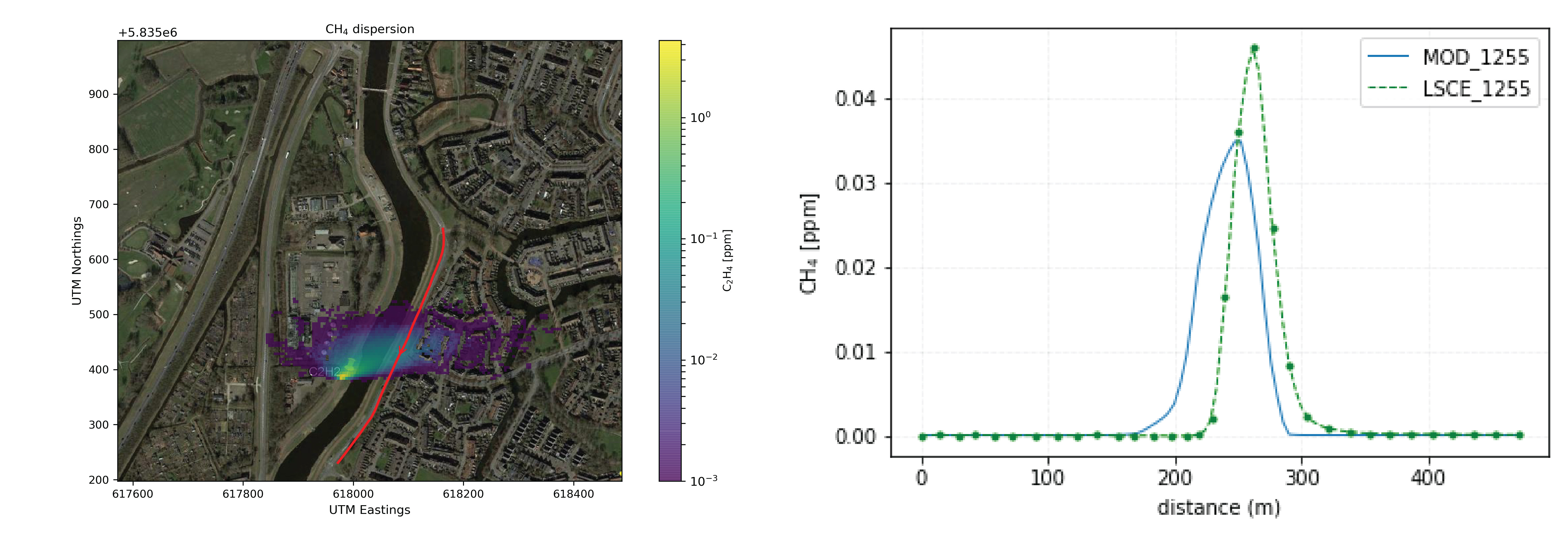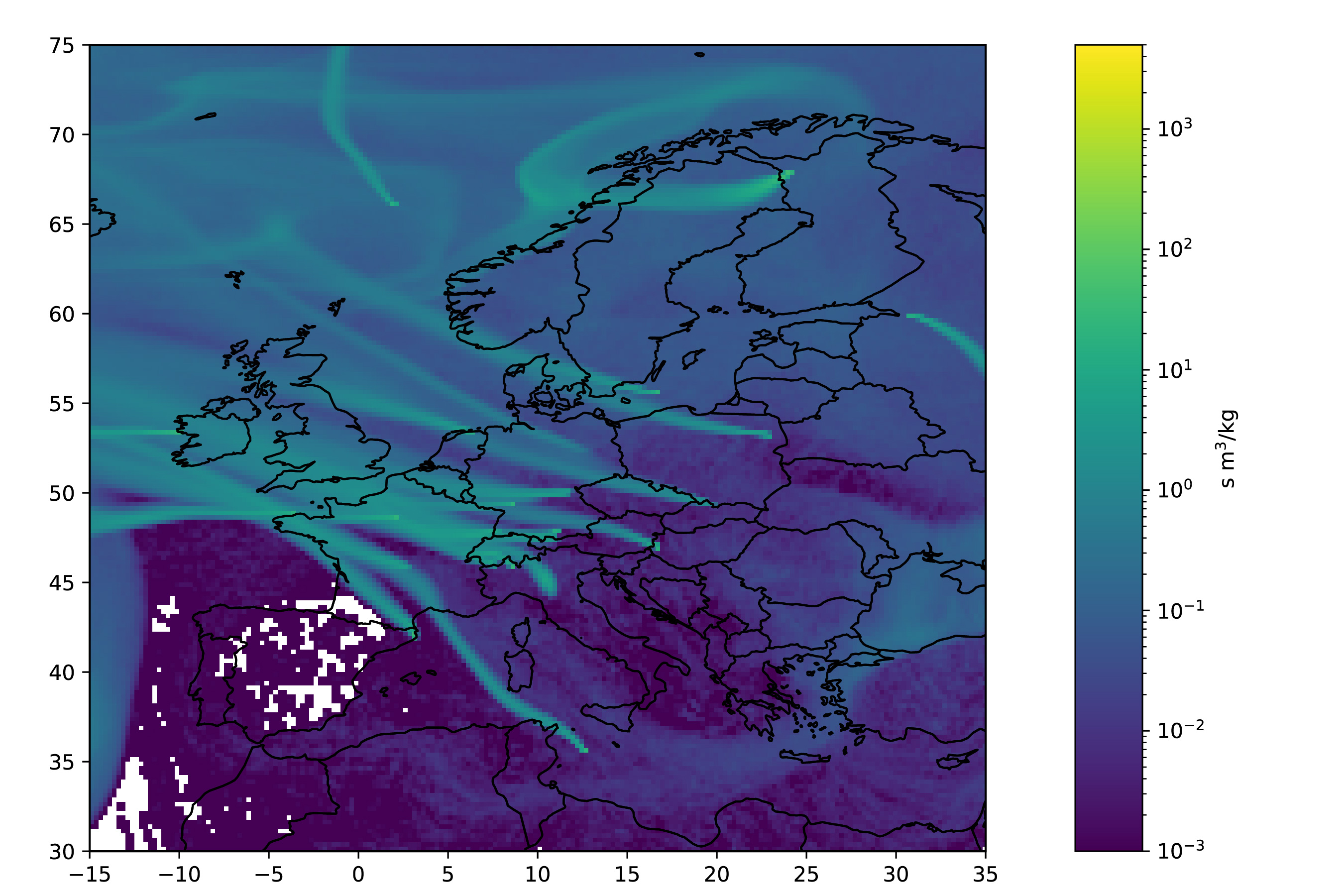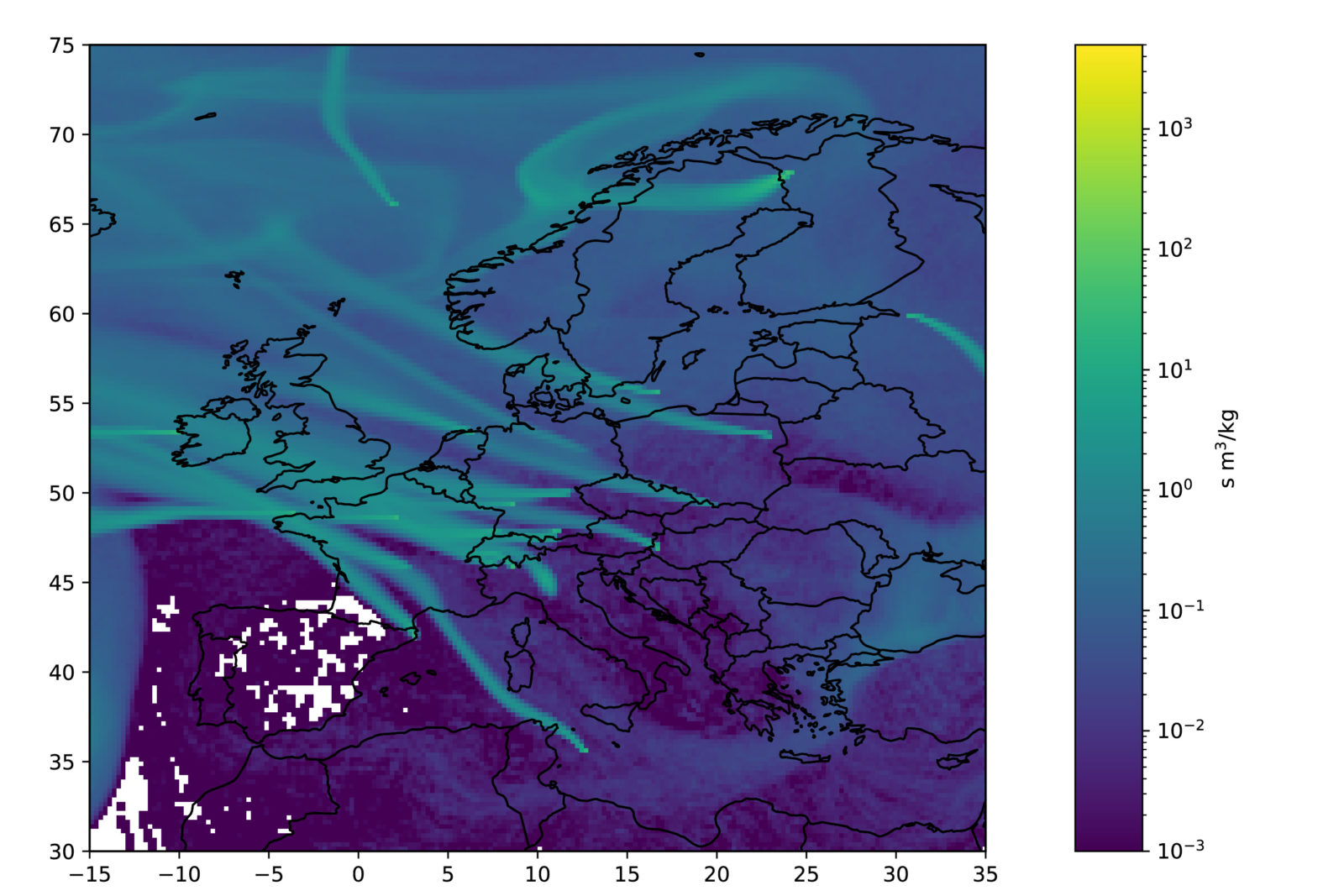Blogs
Randulph Morales – A research visit with an unexpected road trip: Secondment at LSCE
Hello! My name is Randulph. I am a Ph.D. student based in Switzerland working in the MEMO2 project. If you have been visiting this website faithfully, you might already know that MEMO2 is an EU Innovative Training Network. Being in a training network, this means that each Ph.D. student, including me, has the opportunity to visit numerous academic in-stitutions during the whole duration of their studies. Luckily enough, in November 2018, I had the opportunity to visit Paris – one of the most beautiful cities in the world – to further my research.
Le Laboratoire des Sciences du Climat et de l’Environnement (LSCE) or Laboratory of Cli-mate and Environmental Sciences in English, is one of the academic partners of the project where I could collaborate with my co-PhD students. The main goal of the visit was to be able to simulate methane concentrations from different sources using local and regional scale models. Consecutively, these simulations were compared to obtained methane measurements to validate the results of the model.
For the local scale modelling, we used a particle dispersion model called GRAL to simulate the dispersion of methane from an artificial source in an urban area. Forward dispersion simulations are conducted by prescribing the location of the sources, and the forcing for the simulation is obtained by averaging locally observed meteorological data every 5 minutes. Methane concentrations are then extracted along the measurement transects for comparison, which is illustrated in the images below.

In terms of the European scale, we used a Lagrangian particle dispersion model called FLEXPART-COSMO. The forcing in the model is driven by hourly outputs from the numerical weather prediction model COSMO. In the simulation, 50,000 particles (air parcels) were released from the location of different monitoring sites across Europe and followed backwards in time in order to derive an emission footprint or a residence time field. A sample emission footprint from FLEXPART-COSMO looks like this:

By combining these maps with different emission inventories of methane, we can derive methane mixing ratios from a specific measurement sites at a specific time.
Since our PhD is not yet finished, we are still working on these models (and of course me-thane) as of writing, and I hope to provide more significant results to you in the future.
Other than performing these tasks during my secondment, my host institute and co-PhD students at LSCE made sure that my four-week visit to France was memorable and enjoyable. Up to this day, one of my fondest memories of France took place during my visit. The experience I am talking about is when I got to visit the very famous Mont Saint-Michel together with the members of my host institute. I never expected to be able to fit this trip in a span of four weeks, but thanks to my great hosts, we were able to do this.
 The stories and experiences we shared together on this road trip in the northern part of France made my secondment a memory to be kept forever.
The stories and experiences we shared together on this road trip in the northern part of France made my secondment a memory to be kept forever.
That’s all for now. Cheers to science and cheers to new friends and experiences!

